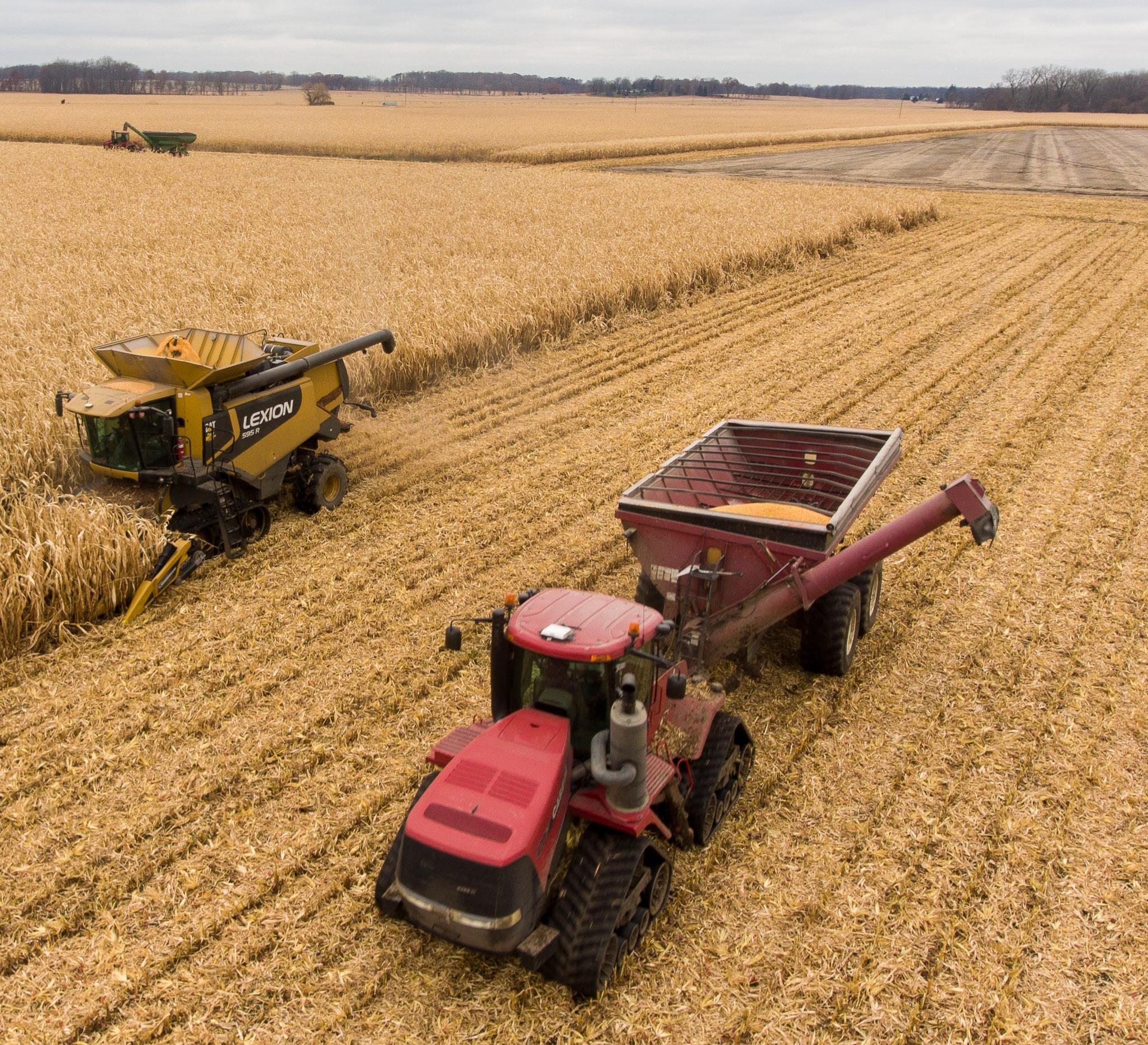
2 minute read
Crop Insurance News
APH REVIEWS
The Risk Management Agency (RMA) threshold for an Actual Production History (APH) policy review is $200,000. An APH policy review is simply the process of verifying the accuracy of the insured reported production, share and acres. Accurate and complete records will simplify the process along with following these guidelines: • Production records must be separated by crop, practice, type, unit and the actual crop year. • Records must be sorted by the 578 producer prints, settlement sheets and soft records. • The insured must keep three years of production records.
• Daily livestock feeding should be recorded daily. • Printed combine monitor records should be stored with settlement sheets.
• The insured cannot split truckloads, tickets and bins between units without proper soft records for comingled production. • Co-mingled production needs to be measured by a disinterested third party. • The insured should keep original records and provide the Approved Insurance Providers (AIP) with copies. Hard records are production records that prove the final disposition of the total crop and are verifiable by a third party. Soft records are the documents an insured must provide if production is separated by unit, practice, type or variety. Soft records must include all units; missing or incomplete soft records may result in comingled production and the loss of optional units. This may result in a lower guarantee. If you think you will be submitting a claim that will be above the $200,000 threshold, please contact your agent to begin the APH review process. Most claims will not be paid until the review is completed. The earlier the process begins, the earlier a claim can be paid. For more details, please contact your local GreenStone crop insurance specialist. ■
SWEET CHERRY INSURANCE CHANGE

Growers can now have optional units by type, where they can have independent coverage for canner and briner type Processing Sweet Cherries. Contact your crop insurance specialist for more information. ■
END OF INSURANCE PERIOD
• Total destruction of the crop • Harvest
• Final adjustment of loss • Applicable calendar date in the crop or special provisions • Abandonment
• Or, as otherwise specified in the Crop
Provisions
Provisions require a Notice of Loss (NOL) within 72 hours of damage discovery but not later than 15 days after the end of insurance period. Revenue losses must be submitted no later than 45 days after release of Harvest Price. It is the insureds responsibility to contact their crop insurance specialist if they have or think they have a loss. ■










